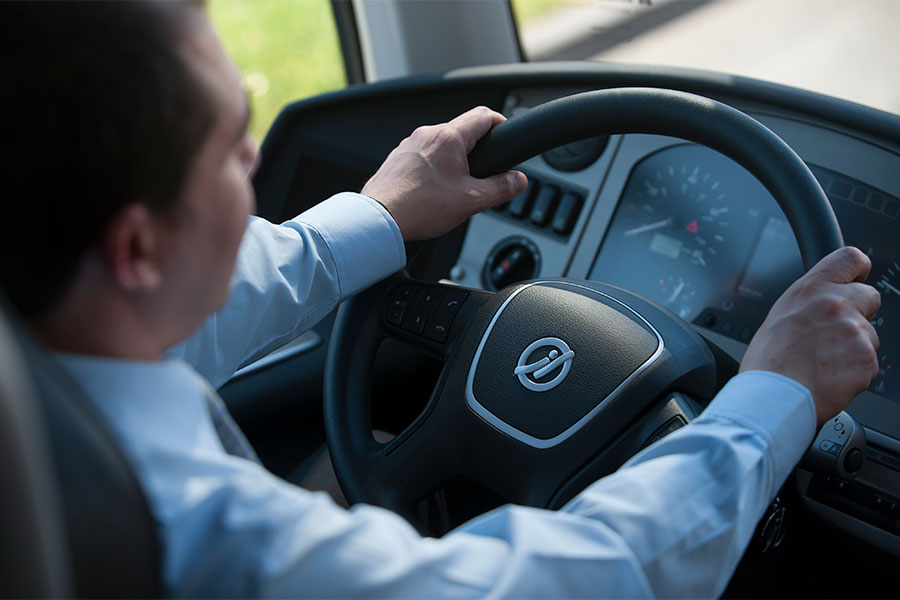
Is it Time for My Driver(s) to Get Their Commercial Driver's License?
Non-CDL vehicles have becoming increasingly difficult to purchase or lease new or buy pre-owned. However, 16 to 25 passenger vehicles and larger are more readily available. Fleet Managers are asking themselves, and each other, what's the next step? If we assume your organization has the facility to park a larger bus, it comes down to hiring a Commercially Licensed Driver, or elevating a current driver to a CDL license.
Commercial Driver's Licenses are available in three tiers: A – non restrictive, B, and C – having most restrictions. Most drivers opt for CDL-A because it has the highest earning potential.
For charter bus drivers, obtaining their CDL can be an important step in their career; for company owners, CDL drivers might be the answer to keeping your passengers moving.
Vehicles Requiring a CDL
- Any combination of vehicles with a Gross Combination Weight Rating (GCWR) of 26,001 pounds or more, providing the Gross Vehicle Weight Rating (GVWR) of the vehicle being towed is in excess of 10,000 pounds.
- Any single vehicle with a GVWR of 26,001 pounds or more, or any such vehicle towing another not in excess of 10,000 pounds.
- Any vehicle, regardless of size, designed to transport 16 or more persons, including the driver.
- Any vehicle, regardless of size, required by federal regulations to be placarded while transporting hazardous materials.
CDL and Non-CDL Classifications
- Class A–Combination of vehicles with a GCWR* of 26,001 or more pounds, providing the GVWR of the vehicle being towed is in excess of 10,000 pounds.
- Class B–Single vehicle with a GVWR* of 26,001 or more pounds, or any such vehicle towing another not in excess of 10,000 pounds.
- Class C–Single vehicle with a GVWR* of at least 16,001 pounds but less than 26,001 pounds.
- Class D–Single vehicle with a GVWR* of less than 16,001 pounds. *GCWR–Gross Combination Weight Rating / GVWR–Gross Vehicle Weight Rating
Sources:
IL Secretary of State
IL SOS Publications

